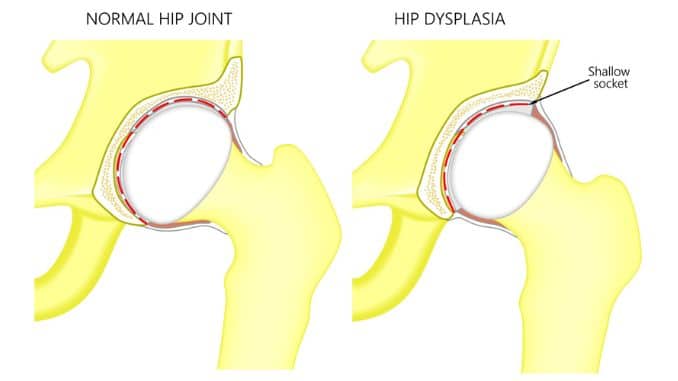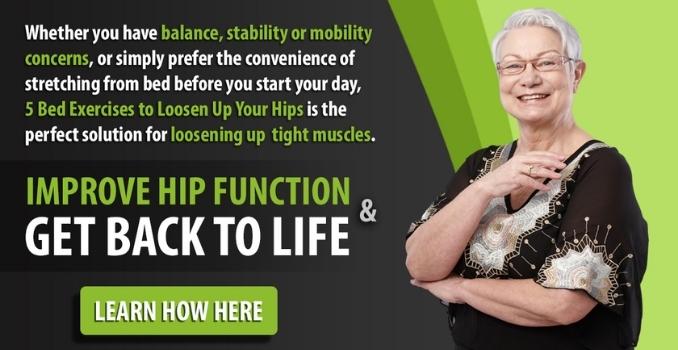Hip dysplasia, also known as developmental dysplasia of the hip (DDH), occurs when the hip joint doesn’t form properly — leading to instability, misalignment, and eventually hip pain, stiffness, or early osteoarthritis. While it often develops during infancy, many adults experience hip dysplasia later in life due to genetic factors, injury, or lifestyle choices.
If you’ve been diagnosed with adult hip dysplasia, a tailored approach is key. The good news? Many people find relief through physical therapy, gentle movement, and hip dysplasia in adults [1] exercises that improve hip stability, muscle balance, and function.
Below are 11 hip dysplasia exercises in adults designed to support your hip joint, reduce pain, and restore range of motion. Whether you’ve had recent hip surgery, want to avoid surgery, or are looking to ease daily discomfort, these movements are a great starting point.
⚠️ Always consult your healthcare professional before beginning any new exercise routine — especially if you’re experiencing severe pain, post-surgical limitations, or have other medical conditions.
I. Range of Motion Exercises
These gentle movements help maintain hip mobility and reduce stiffness.
1. Hip Circles
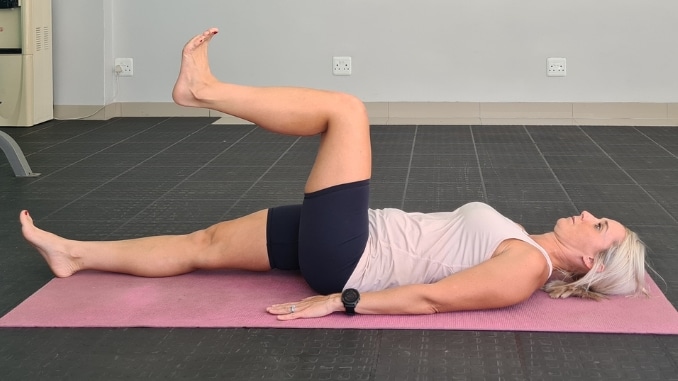
- Lie flat on your back with your feet flat and knees bent.
- Slowly move your bent leg in a circular motion, rotating from the hip joint.
- Reverse direction after 5–10 rotations.
- Switch to the other leg and repeat.
II. Strengthening Exercises
These build support around the hip joint to prevent misalignment and improve function.
2. Clamshells
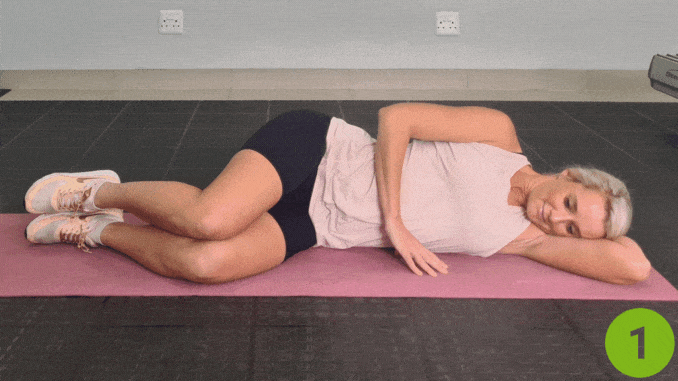
- Lie on your side with both knees bent, legs stacked.
- Keep feet touching, and lift your top leg while keeping hips stable.
- Slowly lower and repeat 10–15 reps per side.
- Targets the gluteus medius, essential for hip abduction and hip stability.
3. Side Leg Raises
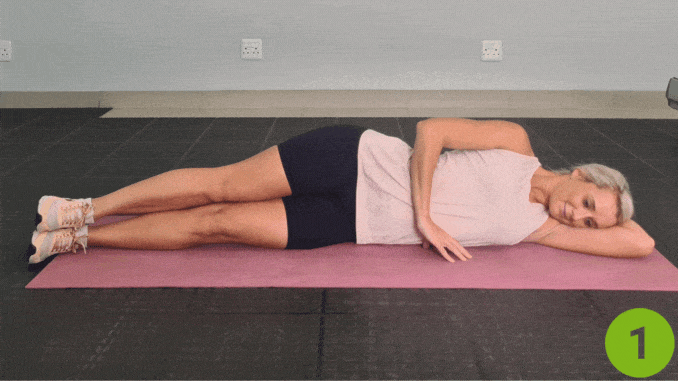
- Lie on one side with both legs straight.
- Slowly lift your top leg while keeping it straight.
- Slowly lower with control. Do 10–12 reps each side.
Tip: Engage your core and avoid rotating your pelvis.
4. Standing Hip Abduction
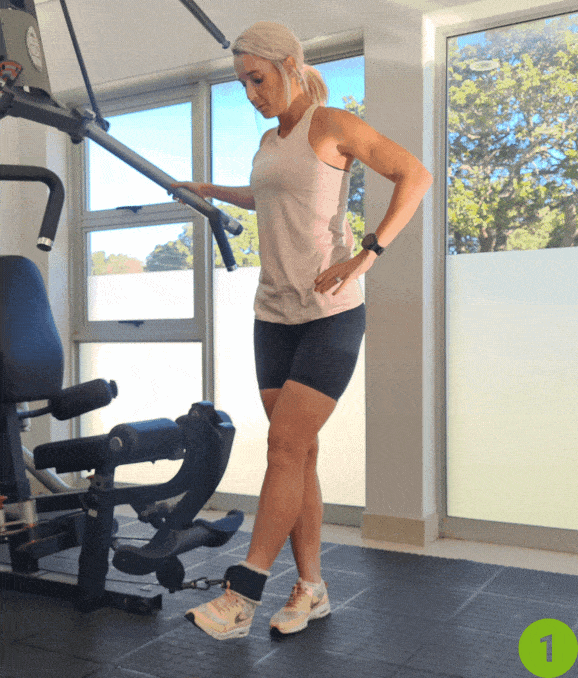
Loop one end of a resistance band around a sturdy object, the other around your ankle (the leg farthest from the anchor).
- Stand tall, with your banded leg furthest from the anchor.
- Hold onto the support with your inside arm.
- Slowly lift your outer leg out to the side. Pause, then slowly lower.
- Perform 10 reps on each leg. This strengthens muscles involved in hip joint alignment.
5. Bridges

- Lie on your back with knees bent and feet flat on the floor.
- Push through your heels and lift your hips toward the ceiling.
- Squeeze your glutes at the top.
- Slowly lower back down. Repeat 10–15 reps.
Helpful for reducing hip pain and promoting core stability.
6. Isometric Gluteus Medius Activation (Step-Stance Bridge)

- Lie on your back with knees bent.
- Place the target leg’s foot closer to your back pocket area, and the other leg slightly forward in a “step” stance.
- Wrap a resistance band around your knees.
- Gently squeeze your knees out into the band, activating the gluteus medius.
- Slowly push through the heels to raise your pelvis — hold 5 seconds, then lower.
- Maintain even pressure during the entire movement.
7. Squats
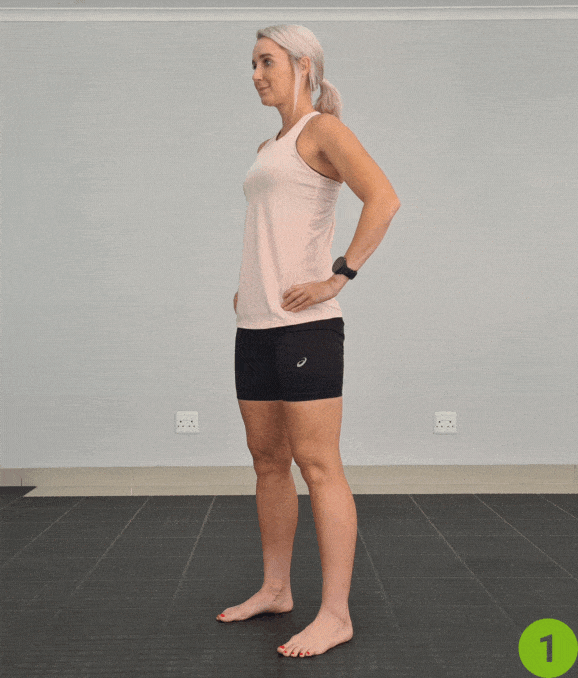
- Stand with feet shoulder-width apart.
- Keep your chest lifted and spine neutral.
- Lower your body as if sitting into a chair.
- Use a chair or wall for support if needed.
Precaution:
- Avoid doing deep squats or initiate partial squats first before transitioning to a squat.
- Avoid dropping knees inward — aim for alignment with your hips and ankles.
III. Balance Stability and Exercises
These enhance joint awareness and reduce the risk of falls.
8. Single-Leg Balance

- Stand near a wall or sturdy chair.
- Lift one leg and hold the position for 15–30 seconds.
- Keep your core engaged and shoulders steady.
- Switch sides. Repeat 2–3 times each leg.
9. Tai Chi

- This slow, flowing practice improves hip joint function by combining core stability, flexibility, and gentle strength.
- Ideal for patients seeking low-impact movement that promotes pelvis control.
IV. Stretching
Stretching helps alleviate tension in the hip and groin region and improves flexibility.
10. Figure 4

- Lie flat on your back on a mat or comfortable surface.
- Bend both knees and place your feet flat on the floor, hip-width apart.
- Lift your right foot and cross your right ankle over your left thigh, just above the knee
- each both hands through the space between your legs and grab the back of your left thigh (or shin for a deeper stretch).
- Gently pull your left leg toward your chest.
- You should feel a stretch in your right hip and glute.
- Hold for 20–30 seconds, breathing deeply throughout.
- Slowly release and switch sides.
11. Lying Hip Flexor Stretch
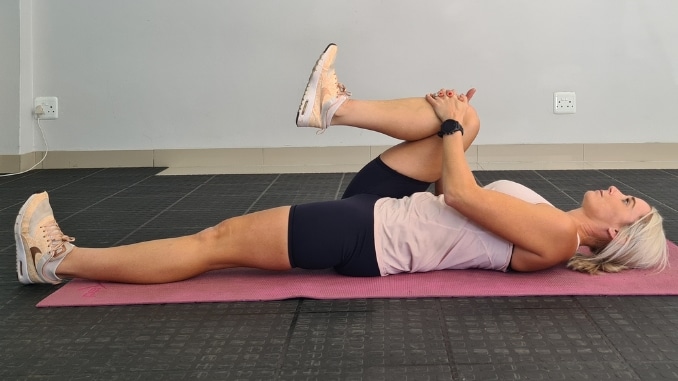
- Lie on your back with both legs extended.
- Bring one knee toward your chest, wrapping your arms around it.
- Keep the other leg straight.
- Hold 15–30 seconds, then switch legs.
- Repeat 3 times per leg.
Dr. Joel Press, MD, Physiatrist-in-Chief at Hospital for Special Surgery (HSS) in New York City, states: “Many adults with undiagnosed hip dysplasia don’t realize their hip pain and labral tears may stem from structural instability. Non-surgical interventions like targeted strengthening, core stabilization, and gluteal activation exercises are key to improving function and reducing symptoms — especially when caught early.”
When to Modify or Stop
If any movement triggers sharp hip pain, groin pain [2], or discomfort in your thigh, spine, or neck, stop immediately. This could signal misalignment or psoas irritation. Speak with a healthcare professional or licensed physical therapist to adapt your plan.
The Role of Physical Therapy
Whether you’re post-diagnosis, post-injury, or post-hip surgery, guided rehab is essential. A tailored physical therapy plan can help:
- Improve joint stability and core control
- Strengthen weak hip abductors or adductors
- Correct faulty patterns caused by years of hip dysplasia
Final Thoughts
Managing hip dysplasia [3] in adults isn’t just about pain relief — it’s about restoring your body’s movement, rebuilding strength, and improving daily life.
These hip dysplasia exercises support that goal safely and effectively, even for women managing hip changes post-pregnancy or aging adults aiming to stay mobile.
Consistency is key. Start slowly, use modifications as needed, and progress with confidence.
Whether you have balance, stability, or mobility concerns, or simply prefer the convenience of stretching from bed before you start your day, 5 Bed Exercises to Loosen Up Your Hips is the perfect solution for loosening up those tight muscles. Check out now!
Frequently Asked Questions
Can exercises really help with hip dysplasia in adults?
Yes. Gentle, targeted exercises can significantly improve hip joint stability, reduce groin pain, and strengthen surrounding muscles. While exercise won’t “fix” the bone structure, it supports the joint and helps manage pain naturally.
Should I avoid certain exercises with hip dysplasia?
Avoid high-impact activities like running, jumping, or deep lunges unless approved by a healthcare provider. Stick to low-impact, controlled movements that focus on core stability, hip abduction, and gluteus medius activation.
How do I know if my hip pain is from dysplasia?
Common signs include deep groin pain, clicking or locking in the hip, and stiffness. If you’ve had symptoms for months or were told you have “labral issues,” ask your provider about imaging to rule out developmental dysplasia.

